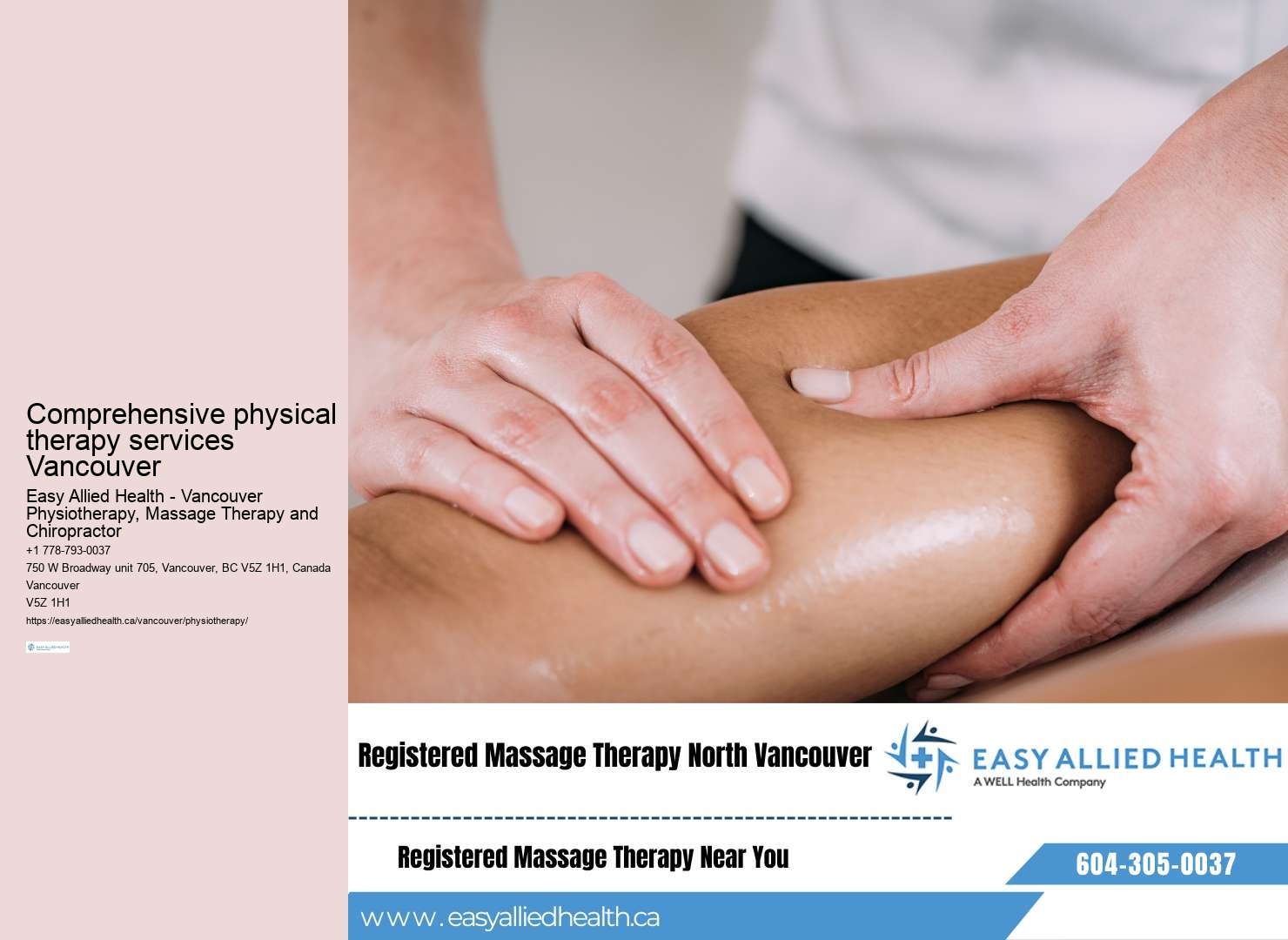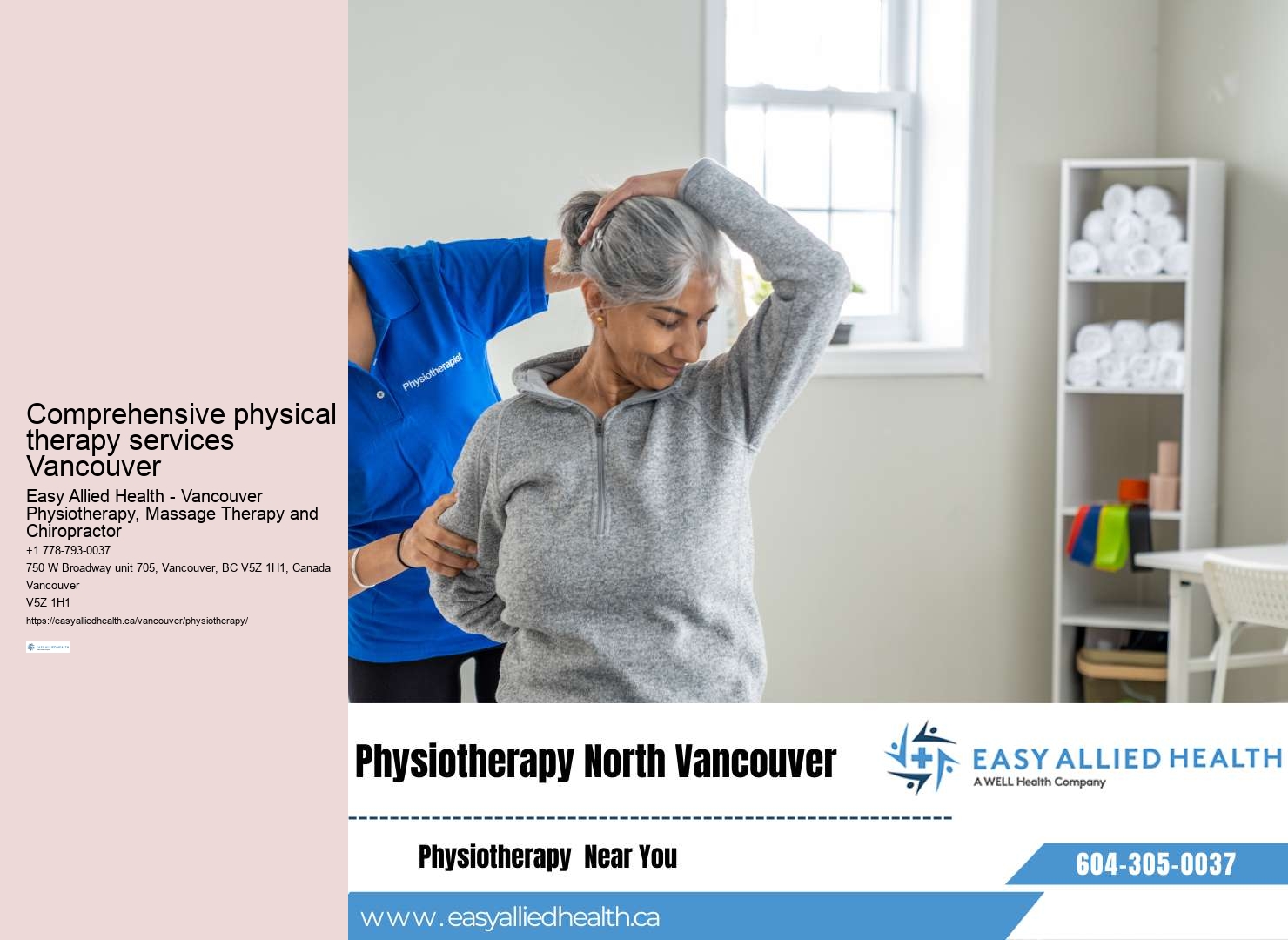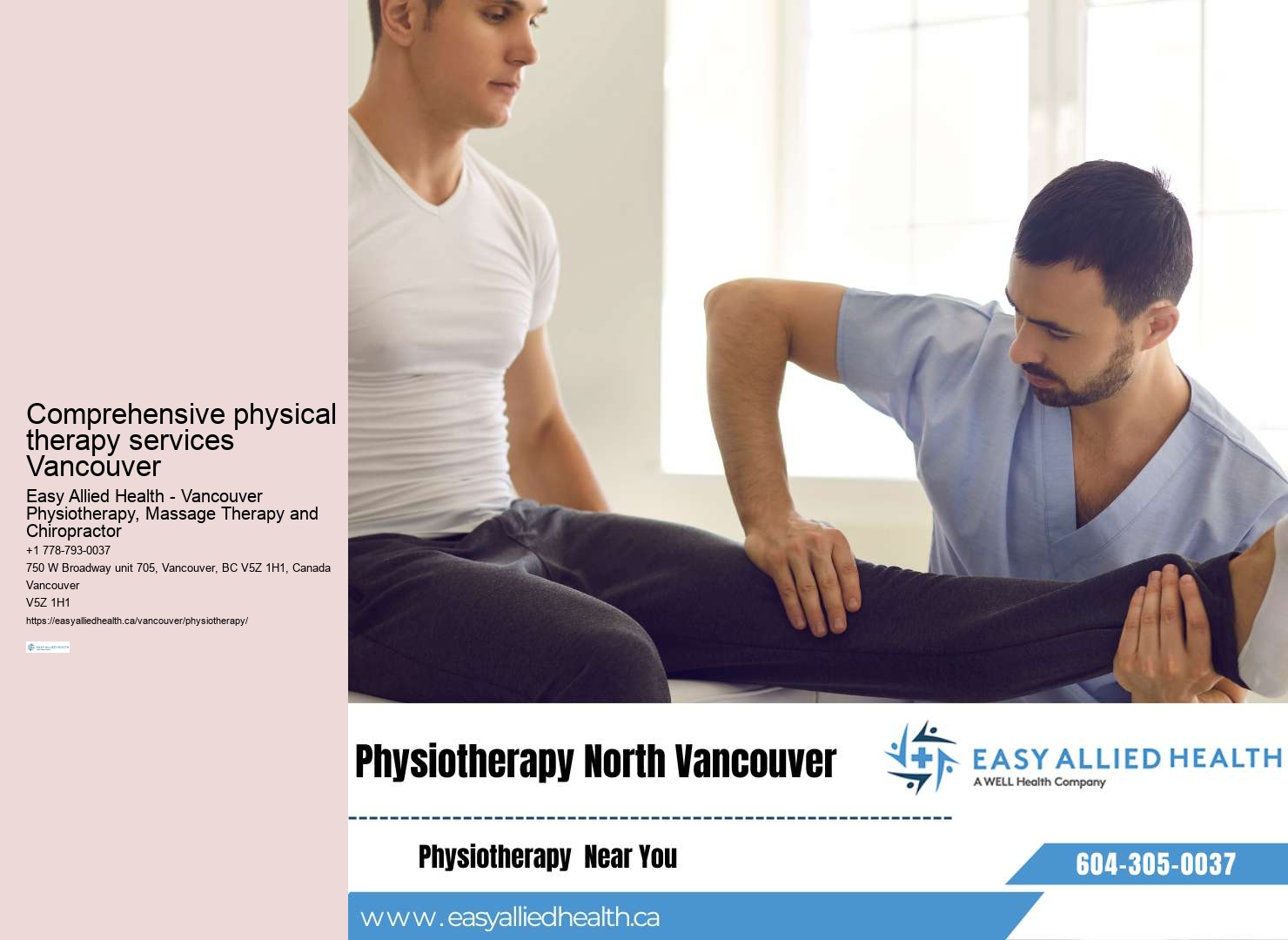

The care plan might include a variety of treatments such as manual therapy, exercises, and education on body mechanics. Here, physiotherapists don't just focus on the immediate issue but consider the patient's overall well-being. These principles guide the creation of environments that are usable by all people, to the greatest extent possible, without the need for adaptation or specialized design. Ultrasound therapy uses high-frequency sound waves to treat deep tissue injuries. They understand that every patient's journey to recovery is different, and they're committed to providing the support and expertise needed for each step of that journey.
Allied Health professionals now often collaborate with dietitians and life coaches to ensure that patients receive tailored advice on diet, exercise, and stress management.
| Entity | Description | Source |
|---|---|---|
| Physical therapy | Therapeutic exercise and the performance of physical activities to prevent physical impairments and restore physical function. | Source |
| Vancouver | A coastal seaport city in western Canada, located in the Lower Mainland region of British Columbia. | Source |
| Health insurance | A type of insurance coverage that pays for medical and surgical expenses incurred by the insured. | Source |
| Pain | An uncomfortable feeling in the body that warns the individual something is wrong. | Source |
| Pain management | The discipline of medicine focused on easing the suffering and improving the quality of life of those living with pain. | Source |
| Disability | A condition that restricts a person's ability to function physically, mentally, or socially. | Source |
| Osteoarthritis | A type of arthritis that involves the breakdown of cartilage in the joints. | Source |
| Osteoporosis | A disease where increased bone weakness increases the risk of a broken bone. | Source |
| Fibromyalgia | A disorder characterized by widespread chronic pain, fatigue, and tender points. | Source |
| Anxiety | A feeling of unease, such as worry or fear, that can be mild or severe. | Source |
| Manual therapy | Techniques where a physical therapist hand is the primary tool used to treat musculoskeletal pain and disability. | Source |
| Acupuncture | A form of alternative medicine and a key component of traditional Chinese medicine where thin needles are inserted into the body. | Source |
| Chronic pain | Pain that lasts a long time or recurs frequently for more than 3-6 months. | Source |
| Massage | The manipulation of soft tissues in the body for the purpose of normalizing those tissues. | Source |
| Neck pain | Any pain located from the bottom of the head to the top of the shoulders. | Source |
| Alternative medicine | Practices claimed to provide the healing effects of medicine but are disproven, unproven, impossible to prove, or harmful. | Source |
| Sports medicine | A branch of medicine that deals with physical fitness, treatment and prevention of injuries related to sports and exercise. | Source |
| Podiatry | A branch of medicine devoted to the study, diagnosis, and medical and surgical treatment of disorders of the foot, ankle, and lower extremity. | Source |
| Back pain | Any type of pain or discomfort throughout the posterior (back) portion of your body, from your neck to your tailbone. | Source |
Indigenous settlement of Vancouver began more than 10,000 years ago and included the Squamish, Musqueam, and Tsleil-Waututh (Burrard) peoples. The beginnings of the modern city, which was originally named Gastown, grew around the site of a makeshift tavern on the western edges of Hastings Mill that was built on July 1, 1867, and owned by proprietor Gassy Jack. The Gastown steam clock marks the original site. Gastown then formally registered as a townsite dubbed Granville, Burrard Inlet. The city was renamed "Vancouver" in 1886 through a deal with the Canadian Pacific Railway. The Canadian Pacific transcontinental railway was extended to the city by 1887. The city's large natural seaport on the Pacific Ocean became a vital link in the trade between Asia-Pacific, East Asia, Europe, and Eastern Canada.
Patellar Femoral Syndrome (PFS), more colloquially known as Runner’s Knee, is a term most athletes, especially runners, are regrettably familiar with. It’s a knee condition that can significantly impede one’s ability to engage in physical activity, particularly when transitioning from a sedentary lifestyle to a more active one. Easy Allied Health, with its centers in […] The post Patellar Femoral Syndrome and Runner’s Knee: A Deeper Dive into Physiotherapy Solutions at Easy Allied Health appeared first on Easy Allied Health.
Posted by on 2023-10-12
Kinesiology may be less well-known than its counterparts, like physiotherapy or sports massages, but it’s a powerful technique that could make all the difference to your overall health. Focusing on a holistic approach to injury recovery and prevention, kinesiology assesses human movement and can help with many conditions affecting the musculoskeletal system. In this article, […] The post Achieve Balance in Body and Mind with Kinesiology Therapy for Wellness appeared first on Easy Allied Health.
Posted by on 2023-09-29
If you’re injured or recovering from surgery, physiotherapy is one of the practices that can get the body’s wheels turning again. It combines expertise in movement sciences with specialized hands-on clinical skills to assess, diagnose, and treat symptoms of illness, injury, or disability. In today’s world, the hustle and bustle can take a toll on […] The post Revive and Restore Your Body in Effective Physiotherapy Services appeared first on Easy Allied Health.
Posted by on 2023-09-29
This approach ensures each patient's journey is as unique as their health needs, leading to more effective and satisfying outcomes. By integrating a wide array of treatments under one roof, they've created a holistic approach to patient care that sets them apart from traditional practices. Exploring the evolution of physiotherapy in Vancouver BC reveals a dynamic journey marked by groundbreaking techniques and patient-centered innovations. They ensure every patient receives a tailored recovery strategy, focusing on the individual's specific health needs and goals.
At Easy Allied Health, they're not just sticking to the basics; they're pushing the boundaries with advanced treatment techniques. It's not just about rehabilitation; it's about empowering clients to reach their fullest health potential. What sets Easy Allied Health apart is their belief that physical well-being is achievable for everyone.


They're not just sticking with the traditional methods; they're always on the lookout for innovative approaches that can make a real difference in their patients' lives. Their online booking platform operates 24/7, enabling patients to manage appointments outside of traditional business hours. Wearable tech, like smart garments and sensor-equipped devices, are now common, providing real-time feedback on patient movement and progress. It's a holistic approach that addresses the mind-body connection, empowering patients to take an active role in their recovery. Once verification is complete, they discuss the findings with the patient, ensuring they're fully informed about their coverage and any potential costs.
Vancouver's healthcare scene is setting a new standard, demonstrating how technology can transform rehabilitation and offer hope to those on their journey to recovery. They know that recovery can be challenging, so they've created a space where patients feel comfortable and motivated. By hosting workshops and seminars, they're helping to elevate the practice by sharing their knowledge and expertise with peers.
Lastly, exercise therapy plays a crucial role in advanced physiotherapy. This diversity allows us to offer specialized treatments that cater to individual needs, making our approach uniquely holistic.


It's a future where technology and tradition blend seamlessly, where patient care is more effective, efficient, and personal. Easy Allied Health is at the forefront, introducing techniques like virtual reality (VR) for rehabilitation and advanced biomechanical assessments. It's particularly effective for soft tissue injuries and can significantly shorten the recovery period. It's a delicate balance, but one that Easy Allied Health's professionals manage with expertise. Dry needling
Moreover, Allied Health provides specialized programs for those recovering from strokes or dealing with neurological conditions. This dedication to innovation means patients see better results in a shorter amount of time. Insurance plans vary widely, and coverage for physiotherapy can differ based on the provider, the plan selected, and even the specific health condition being treated.
This plan isn't set in stone; it's flexible, designed to evolve as you progress through your sessions. Several innovative practitioners are now adopting accelerated healing strategies, significantly shortening the road to recovery for many patients. This personalized approach extends to the treatment rooms, where privacy and tranquility are paramount. Sports medicine clinic
But what exactly sets these new methods apart, and how do they promise to transform the patient experience?
In essence, Allied Health is redefining what it means to prioritize the patient in the realm of physiotherapy. Among the standout methods, they've adopted are manual therapy, dry needling, and the use of state-of-the-art equipment like ultrasound and laser therapy.

Yes, Easy Allied Health offers volunteer and internship opportunities for students and recent graduates in physiotherapy and related fields. They're keen on nurturing talent and providing practical experience in a supportive, real-world environment.
Patients share their feedback on the physiotherapy techniques through surveys and direct communication. Easy Allied Health then uses this feedback to refine and improve their services, ensuring they're meeting clients' needs and expectations effectively.
Easy Allied Health implements strict confidentiality protocols during physiotherapy sessions, including secure data handling, private treatment rooms, and staff training in privacy laws. They're dedicated to protecting patient information and ensuring a secure environment.